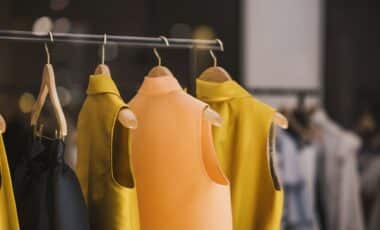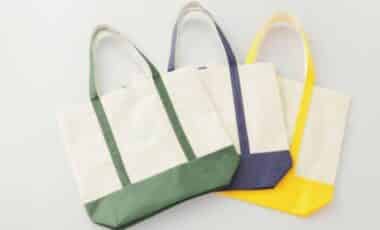 Photo: Courtesy of British Council
Photo: Courtesy of British Council
If there’s one resolution we should all be determined to fulfil this year, it’s doing more to help save our precious planet. We can’t procrastinate about this any longer. Taking global warming and climate change seriously is long overdue, and there are certainly things we can do in our daily lives to make a difference. Shopping more responsibly is a major way individuals can reduce global warming.
Most people are unaware of how their clothing is made or where it comes from and how its production impacts people and nature. In order to raise awareness about this issue, the British Council, in collaboration with Fashion Revolution Thailand, has come up with an initiative, that begins by asking the question “how many clothes do you already have?”
 Photo: Courtesy of British Council
Photo: Courtesy of British Council
The fashion industry disposes about 92 million tons of textiles annually, and if this goes on for 10 years, global temperatures will rise more than 1.5 degrees Celsius, which will hugely damage this planet. If you can be part of helping the world reduce global warming just by changing your fashion behaviours, then what are you waiting for? Start now with these five simple tips:

It can sometimes be hard to identify if it’s a “need” or “want”. Easier said than done, but the best way to stop compulsive buying is to be calm and think twice—make sure something is really necessary for your wardrobe and how many wears you’re actually going to get out of it. It’s about time we adopt the mantra “buy less and buy better”.
For those who find new-in items irresistible, try setting a limit on your shopping for one season. Set a goal on how many items you’re allowed to buy in a season and try to keep to it.
Not only will you reduce waste by purchasing pre-loved garments, but you’ll also embrace a circular economy within the fashion industry. Plus, buying secondhand clothes and participating in clothes-swaps may lead you to unexpected gems for your outfits that others just can’t replicate.
Buying fashion with a focus on function before fashion and pricing helps extend the product life cycle as fast fashion only contributes to climate change and global warming. With speedy production and distribution in mass, it substantially affects human life and the environment.
It’s never a bad idea to support local brands. Not only does it help the local economy and small businesses, but it also helps preserve biodiversity and cultures. This can be an effective tool for restoring the stability and strength of local communities and society as a whole.
For more information about the Homegrown initiative, visit British Council or follow their Facebook fanpage.
Related: Vintage Dresses Are Given Second Life In Miu Miu’s First Upcycled Collection







